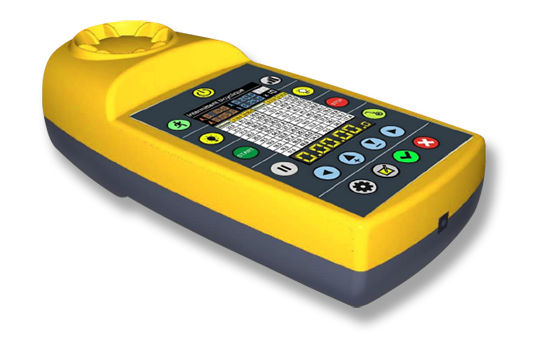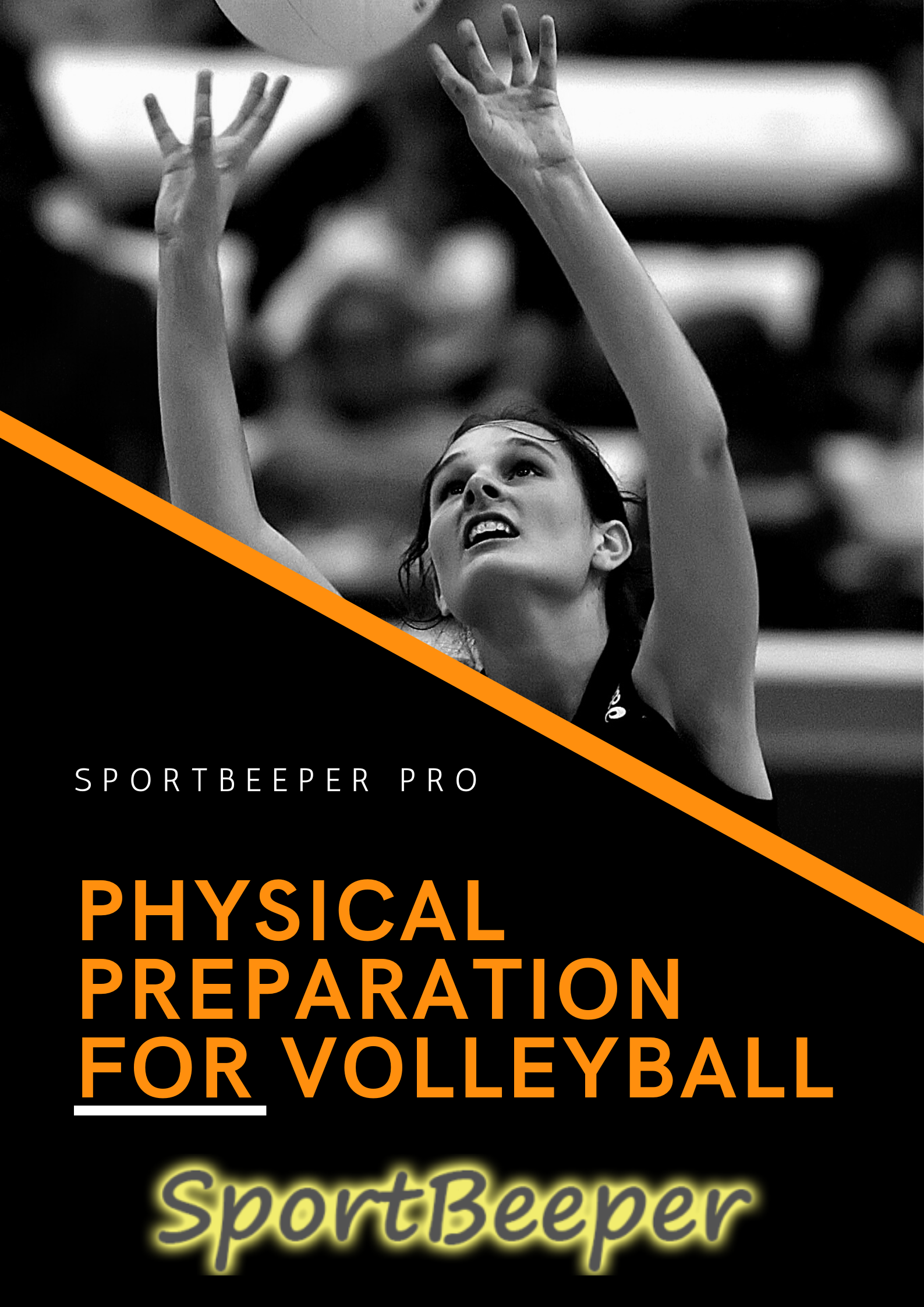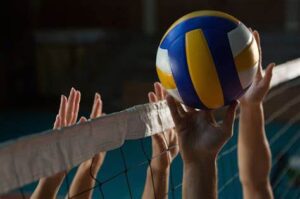Physical preparation in volleyball
As with any sport, whether played individually or as part of a team, volleyball requires adequate physical preparation to maximize athlete performance. Proper physical preparation is essential not only to reduce the risk of injury, but also to improve players’ strength, endurance, speed and responsiveness, enabling them to reach their full potential on the court.
However, volleyball has specific characteristics that require special attention when it comes to physical preparation. The sport demands a unique combination of physical qualities such as explosive power, agility, coordination and flexibility. Players must be able to react quickly to balls in flight, execute explosive jumps to attack or block, and maintain stable posture and balance during dynamic phases of play.
Good physical preparation for volleyball therefore includes a varied mix of exercises and techniques aimed at strengthening the specific muscles used in this sport, improving cardio-respiratory endurance, developing reaction speed and promoting movement coordination. Coaches should also pay particular attention to developing the strength of the lower limbs, especially the leg and trunk muscles, which are essential for powerful jumps and for maintaining stability during lateral and rotational movements.
1 Volleyball characteristics:
Volleyball players are subjected to a series of unique physical challenges, including the intensive repetition of jumps throughout a match. To illustrate this, let’s take the example of Benjamin Toniutti, who performs an average of 140 jumps over the course of a match. This intense physical demand requires specific preparation to strengthen leg muscles and improve endurance to maintain optimum performance throughout the game.
Unlike many other sports, such as handball, soccer or basketball, volleyball has no time restrictions. Matches are played in sets, and a team must win three sets of 25 points each to win the match. In the event of a fifth set, the match is played to 15 points. The absence of a time limit means that the duration of a match can vary considerably, depending on the intensity of the exchanges and the teams’ ability to score points.
Volleyball is also characterized by a discontinuous alternation of actions over the course of a match. Sequences of play are short and intense, with an average of just 8 seconds of play followed by 12 seconds of recovery. This jerky nature of the game demands excellent physical condition and the ability to recover quickly between points to maintain a high level of performance throughout the match.
-
Power
Let’s start by remembering that power is equal to force multiplied by speed. Plyometric training is fundamental in this respect. In fact, this type of work helps to improve relaxation during jumps, thus helping to prevent possible injuries on landing jumps. Plyometric exercises involve fast, explosive movements, such as deep jumps, box jumps and hops. These exercises help develop muscular strength and speed, which translates into better performance on the field.
As well as strengthening the lower part of the body, it’s obvious that we also need to focus on the upper part. This can be done with or without weights. Upper-body strengthening exercises include movements such as push-ups, pull-ups, bench presses and lateral raises. The use of additional weights can be beneficial for increasing training intensity and stimulating muscle growth, but it’s important to ensure that proper technique is maintained to avoid injury.
In addition, a full-body workout that incorporates stabilization and coordination exercises is essential to improve volleyball players’ overall performance. This can include sheathing exercises, stability exercises on a Swiss ball, and coordination exercises for arm and leg movements.
-
Endurance
As in the majority of sports, it is vital to establish the aerobic bases that will enable our athletes to digest the load of pre-season preparation and throughout the season. To achieve this, we recommend low-intensity sessions that last over time, using the aerobic pathway (jogging, fartlek, split, intermittent, etc.). This endurance work will enable you to maintain a high level of physical fitness for as long as possible. This type of workout can be performed with the Sportbeeper.
-
Coordination
A good coordination workout will enable the player to use all his skills with a minimum expenditure of energy.



